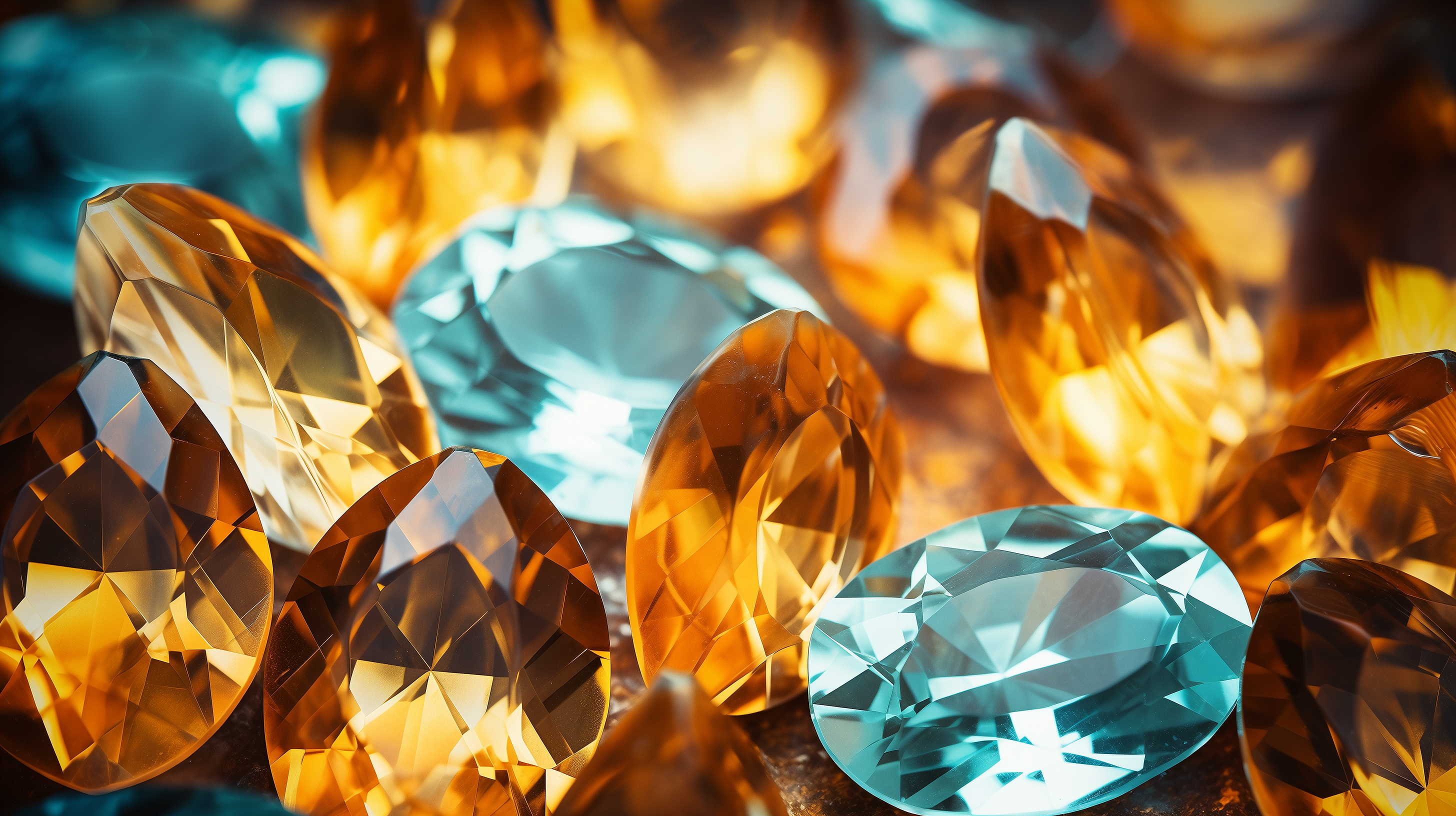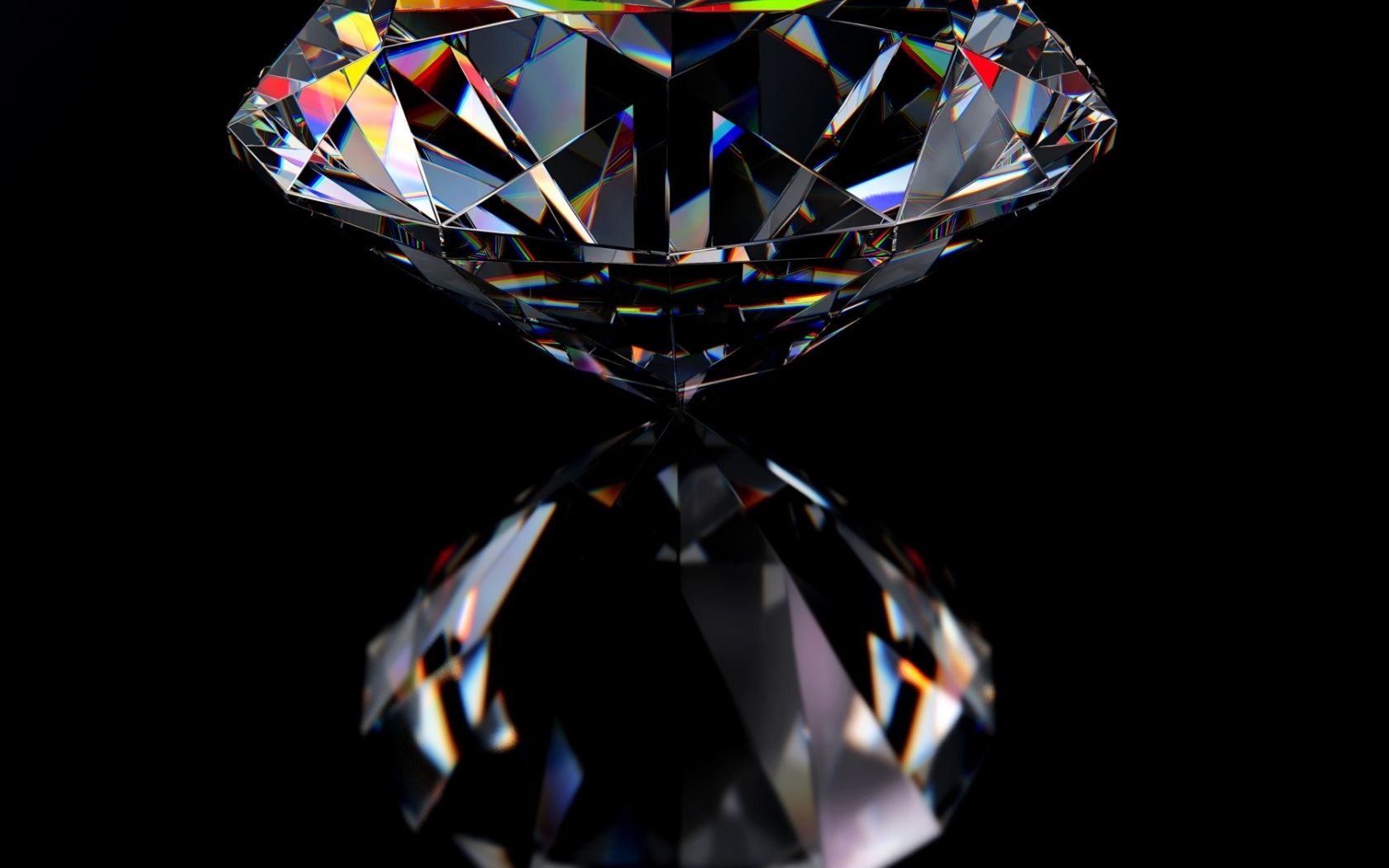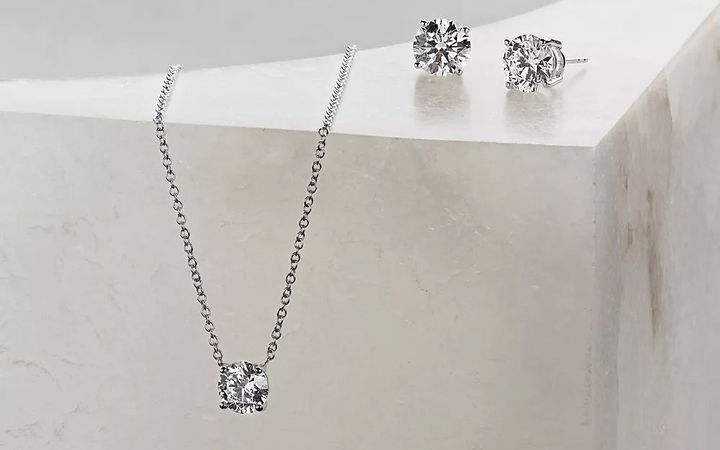Table of Contents
Introduction
Curious minds have pondered for ages, what could be the diamonds #1 question? Is it about their rarity? Their dazzling beauty? Or perhaps, their value? Well, today, we embark on a journey to unravel this enigma and shed light on the captivating world of diamonds. From their formation deep within the Earth’s crust to adorning the fingers of the elite, diamonds have intrigued and mesmerized humanity for centuries. So, let’s dive in and explore the diamonds #1 question together!
The Origin of Diamonds: A Glimpse into Earth’s Depths
Ever wondered how diamonds came to be? It’s a tale as old as time, dating back millions of years. Here’s a glimpse into their fascinating journey:
Formation Process: Diamonds aren’t born overnight; they undergo a remarkable process deep within the Earth’s mantle.
Did you know? Diamonds form under immense pressure and high temperatures, where carbon atoms crystallize into the dazzling gems we adore!
Natural Wonders: Contrary to popular belief, not all diamonds are mined; some are brought to the surface through volcanic eruptions!
Fun Fact: These volcanic pipes, known as kimberlite pipes, act as conduits for diamonds, bringing them from the depths of the Earth to its surface.
Debunking Myths: Separating Fact from Fiction
In the realm of diamonds, myths abound! Let’s debunk some common misconceptions:
Diamonds Are Unbreakable: While diamonds are indeed one of the hardest substances on Earth, they’re not invincible!
Truth Revealed: Despite their hardness, diamonds can chip or fracture under extreme pressure, so handle with care!
The Bigger, the Better: Is size truly everything when it comes to diamonds?
Reality Check: While larger diamonds may fetch a higher price, it’s the quality and brilliance that truly matter. A smaller, well-cut diamond can outshine its larger counterparts any day!
Exploring Diamond Varieties: Beyond the Classic Sparkler
While traditional white diamonds steal the spotlight, the world of diamonds is vast and diverse, boasting an array of colors and hues:
Fancy Colored Diamonds: From vivid blues to radiant pinks, fancy colored diamonds add a burst of personality and uniqueness to any jewelry piece.
Did you know? The color of a fancy colored diamond is determined by the presence of trace elements or structural defects during its formation.
Diamond Alternatives: Not everyone seeks the traditional sparkle of a diamond. Some opt for alternative gemstones like moissanite, which closely resembles the brilliance of diamonds at a fraction of the cost.
Fun Fact: Moissanite, originally discovered in a meteorite, is now synthesized in laboratories to create stunning gemstones that rival diamonds in brilliance and durability.
The Ethical Dilemma: Diamonds and Conflict
Behind the glitz and glamour of the lab diamonds industry lies a darker reality: conflict diamonds, also known as blood diamonds. These diamonds are mined in war zones and sold to finance armed conflict against governments. However, steps have been taken to combat this issue:
The Kimberley Process: Established in 2003, the Kimberley Process Certification Scheme aims to prevent the trade of conflict diamonds by implementing stringent regulations and monitoring systems.
Reality Check: While the Kimberley Process has made significant strides in curbing the flow of conflict diamonds, challenges remain in ensuring its effectiveness and transparency.
Ethical Sourcing: Many jewelry companies now prioritize ethical sourcing, ensuring that their diamonds are sourced responsibly and ethically, with no ties to conflict or human rights abuses.
Did you know? Ethical diamond certification bodies, such as the Responsible Jewellery Council, provide assurances to consumers that their diamonds are sourced and processed in an ethical manner.
The Future of Diamonds: Innovations and Trends
As technology continues to advance, the world of diamonds is witnessing exciting innovations and emerging trends:
Lab-Grown Diamonds: With advancements in technology, lab-grown diamonds have become increasingly popular due to their eco-friendly production methods and lower price points.
Trend Alert: Millennials and Gen Z consumers are driving the demand for lab-grown diamonds, drawn to their sustainable and socially responsible attributes.
Customization and Personalization: Gone are the days of cookie-cutter designs. Today, consumers crave personalized and unique jewelry pieces that reflect their individuality and style.
Tip: Many jewelry retailers now offer customization services, allowing customers to create bespoke designs tailored to their preferences and tastes.
Conclusion: The Sparkling Finale
As we conclude our exploration into the realm of diamonds, one thing remains crystal clear: the diamonds #1 question isn’t just about their value or rarity—it’s about the magic they exude, captivating hearts and minds worldwide. Whether adorning a ring or dazzling in a necklace, diamonds continue to reign as nature’s most exquisite treasures. So, the next time you gaze upon a shimmering diamond, remember the journey it undertook, from the depths of the Earth to the heights of human admiration!











